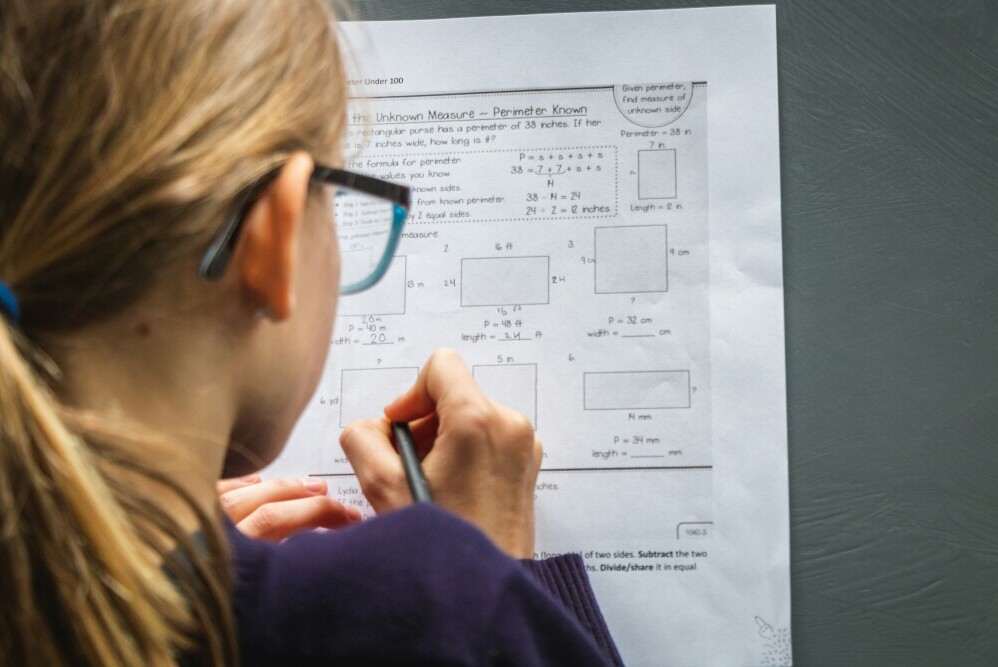This post may contain affiliate links. When you click and purchase from any of our links, we may get a small commission at no extra cost to you. For more information, please see our affiliate disclosure.
Learning styles, the unique ways kids prefer to take in information, matter a lot. It’s about finding what clicks for each kid, whether they learn best by seeing, hearing, or doing. When we understand these different styles, education becomes way more effective.
Most of us have heard about visual, auditory, and kinesthetic learners. But what does that really mean? Visual learners often remember what they see, like pictures and diagrams. Auditory learners get a lot out of listening—think stories or discussions. Kinesthetic learners? They thrive on hands-on activities and moving around. It’s like watching a couple of siblings grow up—one might devour books while the other practically lives in the backyard creating forts.
Recognizing and embracing these styles can lead to big wins in education. Take a moment and imagine a classroom where lessons are tailored just right for each student. It’s a kind of magic when all the gears click into place, and kids start learning not just more, but better.
Identifying Your Child’s Learning Style
Spotting a child’s learning style isn’t always straightforward, but looking out for certain behaviors can give us clues. Does your kid love flipping through picture books or get excited about storytime? Maybe you have an auditory learner. If they’re often drawing or building things, visuals or kinesthetic vibes might be key.
Parents can play detective at home. It doesn’t take an expert to notice whether your child learns verses better by singing or real-life acting out scenes. You can try different activities—reading aloud, drawing scenes, or creating crafts—to see what sparks their interest and understanding.
Tutors also have a part here, observing how students respond in different scenarios. Are there conditions under which they complete tasks quickly? That’s a hint too.
Sometimes, it’s like that “Eureka” moment for a parent homeschooling for the first time. They might see where a simple tweak in teaching makes everything clearer, like turning on a light switch.
Homeschool Strategies Tailored to Learning Styles
Customizing your homeschooling setup to match your child’s learning style can be a game changer. For a visual learner, try using more imagery, charts, and colored notes in daily lessons. It’s like giving them a mental map to follow.
Auditory learners benefit heaps from discussions. Think along the lines of reading stories aloud or even using educational podcasts and videos. Engaging them in conversation after a lesson can also cement the concepts.
Kids who lean towards kinesthetic learning will appreciate a more dynamic approach. Introduce activities where they can move their bodies, like acting out scenarios or participating in experiments.
Some families share success stories where they combined these strategies. One family might use a mix, having a quiet reading moment followed by an energetic science project outside.
Personalized education shines here, allowing each child to flourish with methods that fit them best. By mixing up activities and methods, you’re not just covering the material but making learning stick in ways that are engaging and memorable.
Challenges and Solutions in Personalized Education
Even with the right strategies, personalizing education at home can hit a few bumps. One common hurdle is sticking strictly to a learning style without flexibility. Kids grow and change, and so do their learning needs.
Sometimes resources can be limited, but don’t sweat it. The internet is bursting with free tools and creative teaching ideas. Sites offering interactive games or virtual experiments can cater to all kinds of learners.
Having a flexible mindset is key. If something doesn’t work, don’t be afraid to switch things up. It’s a bit like tuning an instrument; sometimes you need to tweak things to get the perfect pitch.
Educational experts often emphasize adaptability over rigid styles. They suggest observing what makes kids light up and engage and shifting tactics accordingly.
The biggest win? Turning learning into an enjoyable experience rather than a chore. When you focus on making lessons relatable and fun, kids aren’t just learning—they’re thriving.
Final Thoughts
Understanding your child’s learning style opens up a world of possibilities in education. It’s not just about ticking boxes; it’s about creating a journey that resonates with them.
As parents and educators, the goal is to keep experimenting and exploring. There are no one-size-fits-all solutions, so don’t stress if it takes a little time to find what works best.
The benefits of aligning teaching methods with a child’s learning style can be significant. It fosters a more enjoyable, engaging learning experience, paving the way for lifelong curiosity and enthusiasm.
Explore resources like books, online workshops, and educational communities. These can provide fresh ideas and support in your ongoing journey of personalized education.
Whatever stage you’re at, keep the conversation going. Share your experiences, connect with others, and continue discovering what makes learning fun and effective.
Additional Resources
- Article: Cultural Studies Through Cooking
- Homeschooling supplies on Amazon HERE
When you click and purchase from any of our links, we may get a small commission at no extra cost to you. For more information, please see our affiliate disclosure.


